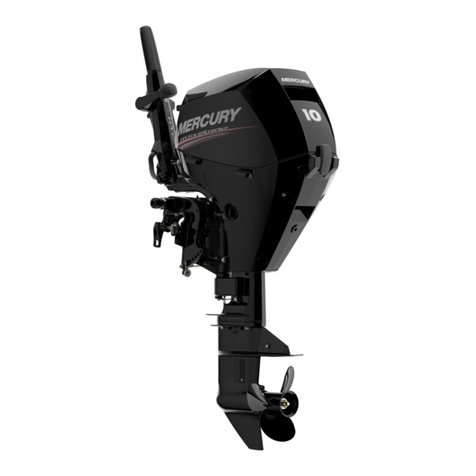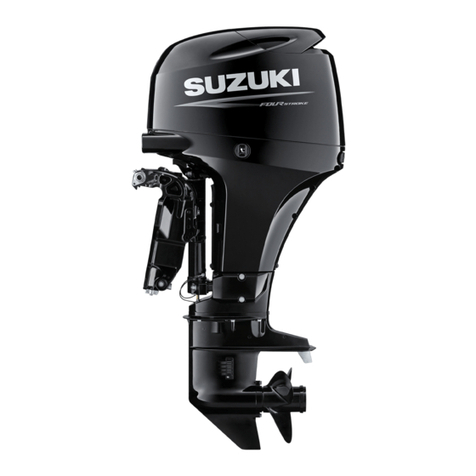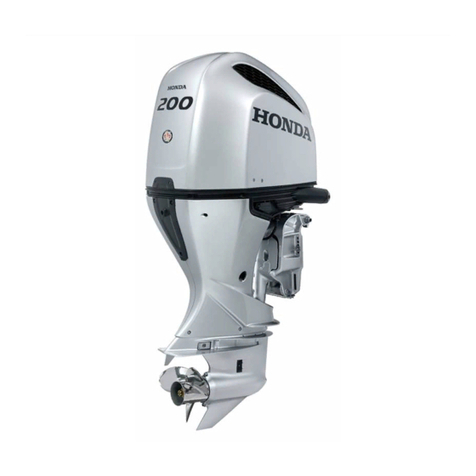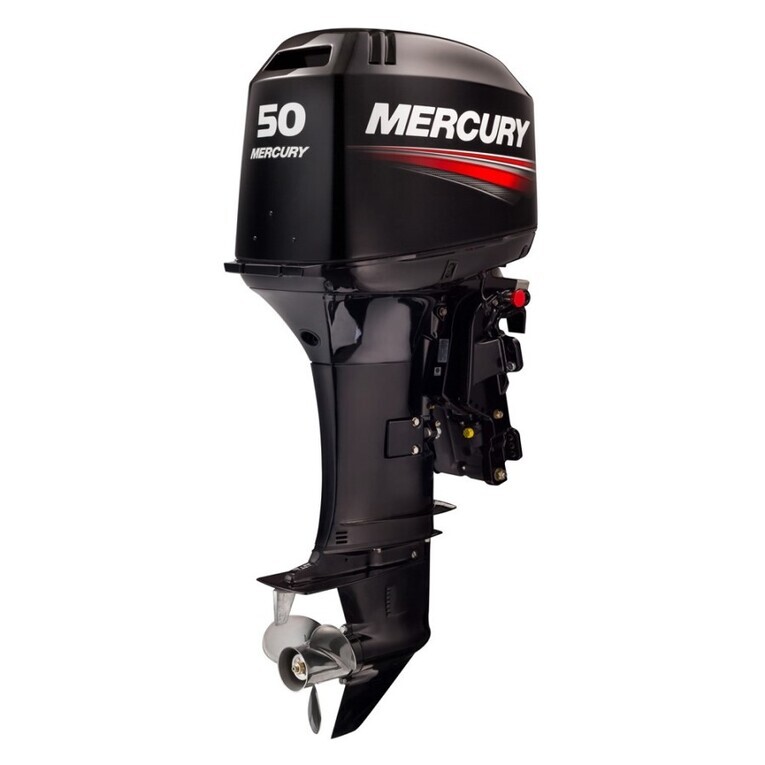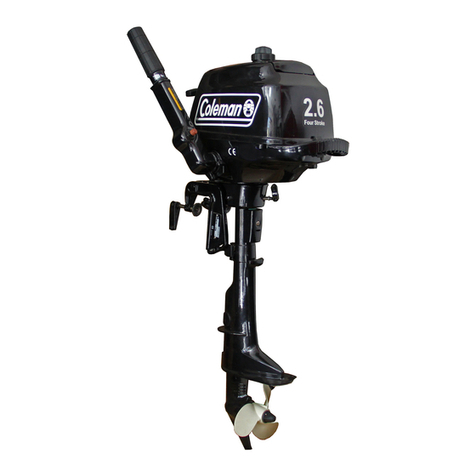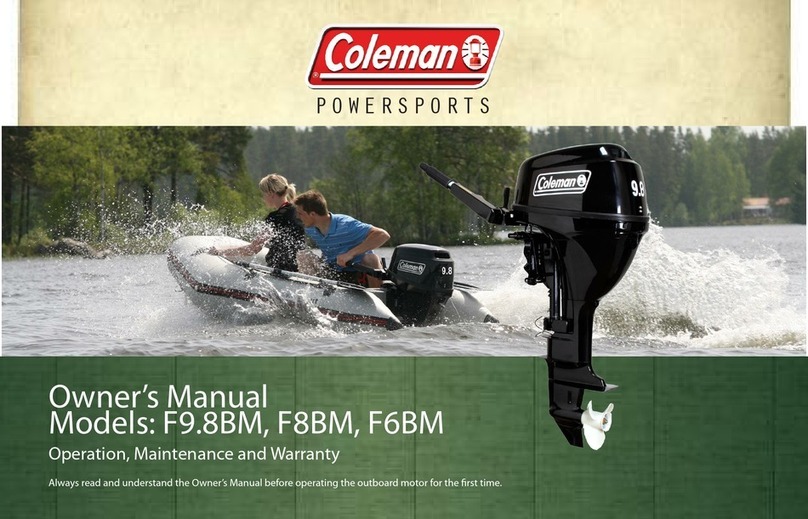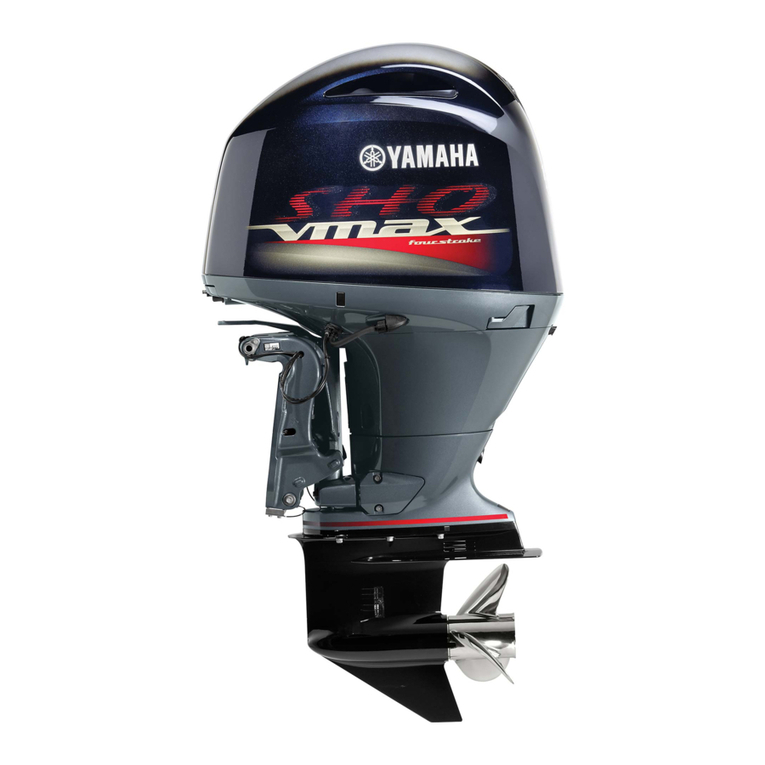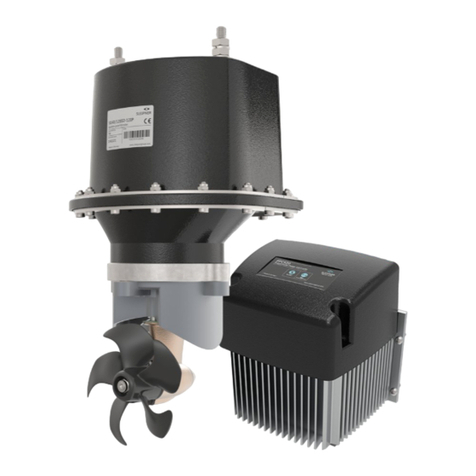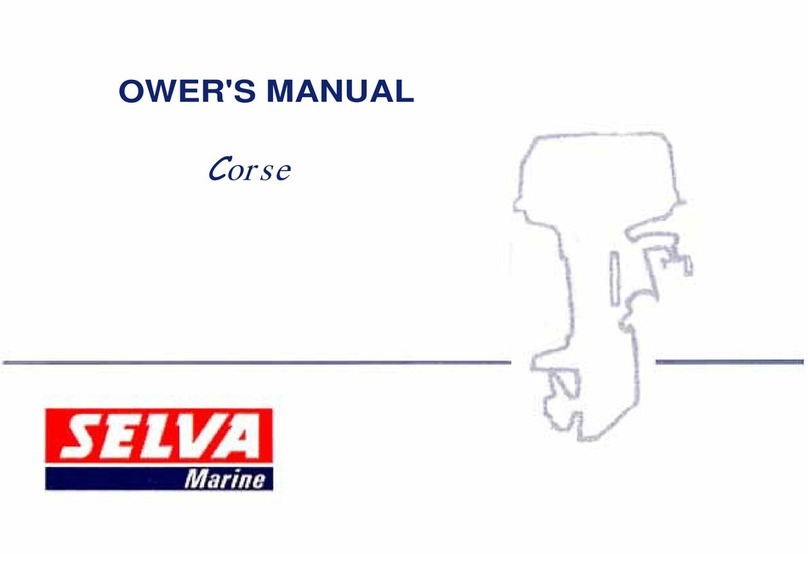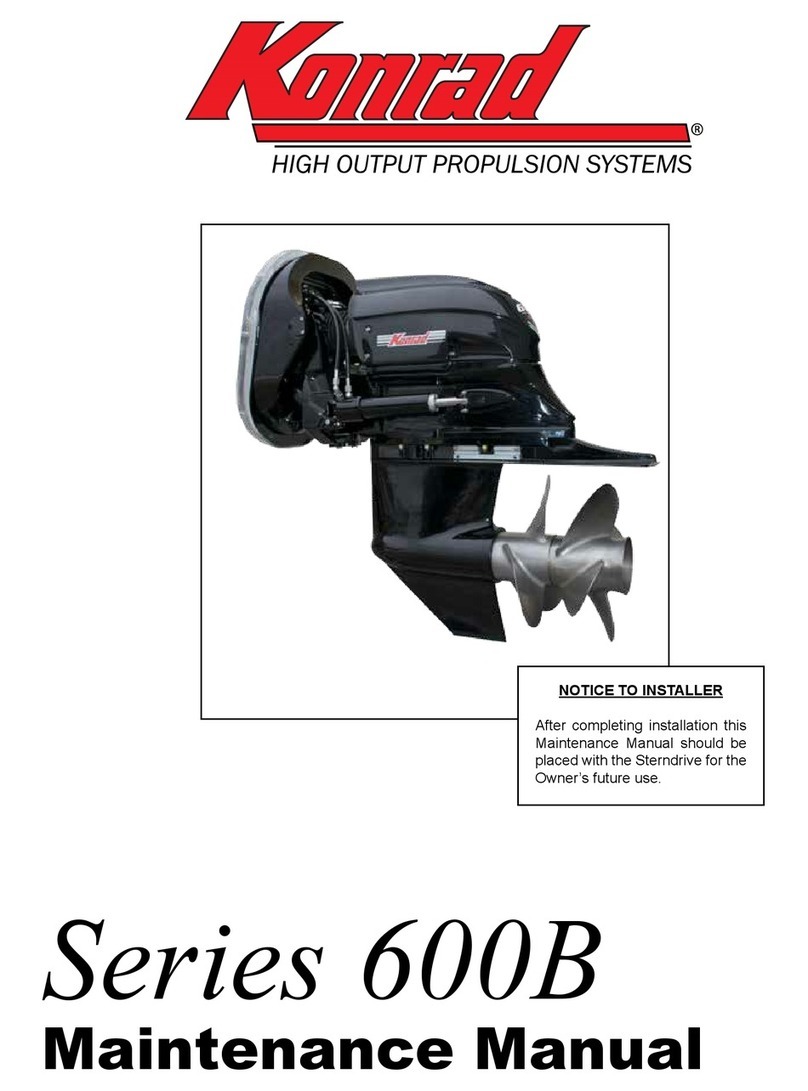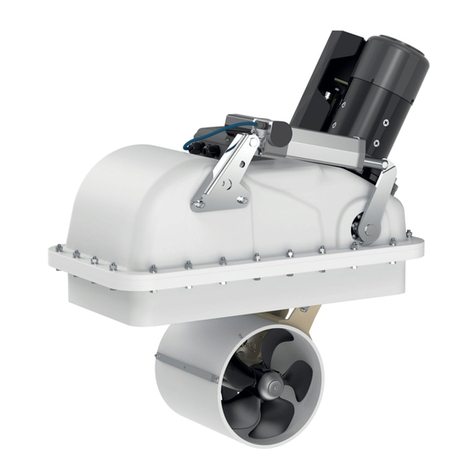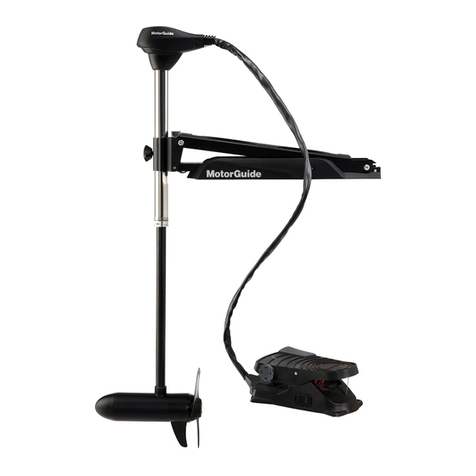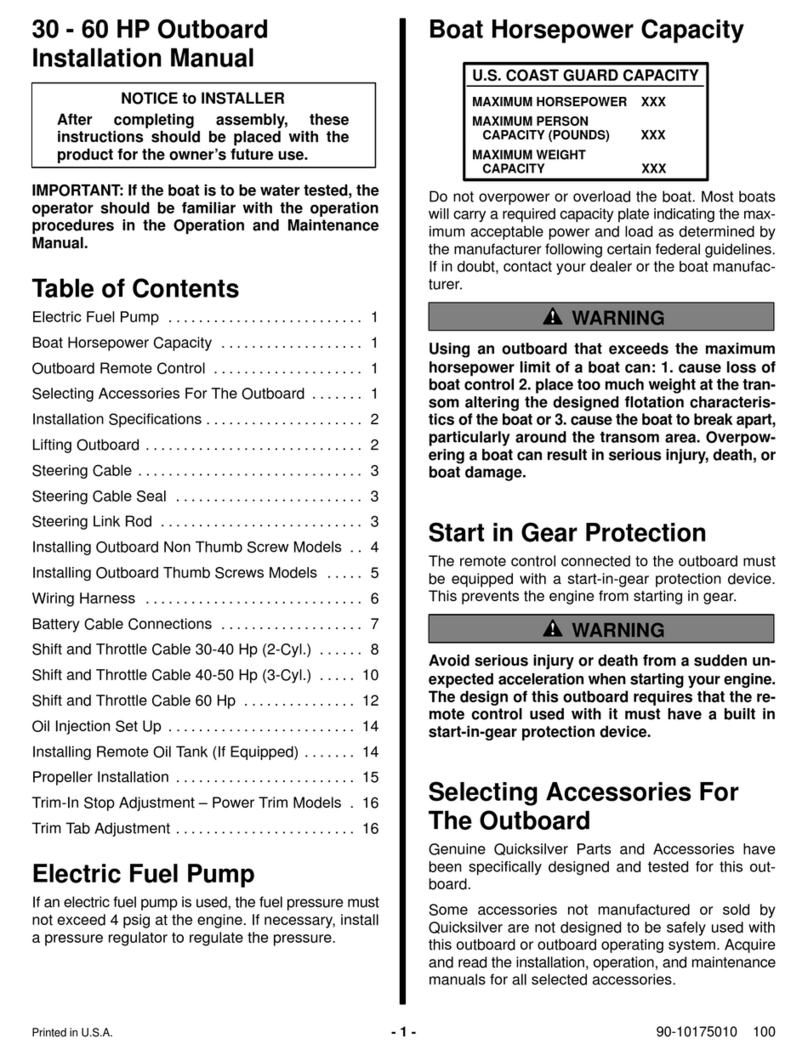Table of contents
1. Main components and General information……………..……………….. …………..……..……..…………......1
1.1. Main components…………………………………..……..……..…………….……………………………...…1
1.2. General information ……………………………………………………….………............................................3
1.2.1. Specication ………………………………………………………………………....................................…3
1.2.2 . Fueling instructions……. ….………………………………….…………..….....................................…..….4
1.2.3. Propeller selection…….……………………………………………….………….....................................….5
2. Operation………………………………………………………………………………..........................................6
2.1. Installation…………………………………………………………………………….........................................6
2.1.1 Mounting height................................................................................................................................................7
2.1.2 Clamping the outboard motor………………………..…………….….………......................................…......8
2.2 Breaking in engine………………………………………………………………….............................................9
2.3 Pre-operation Checks ..………………………………………………………....................................…............10
2.4 Filling fuel……………………….……………………………………….….……….........................................11
2.5 Starting engine……..…………………………………………………….……...................................…...….... 13
2.6 Warming up engine………………………………………………………….......................................……...... .17
2.7 Shifting.................................................................................................................................................................18
2.7.1 Forward............................................................................................................................................................18
2.7.2 Reverse…………………………………………………………………………...................................…......19
2.8. Tiller…………………………………………………………………………..................................……...…...20
2.9 Stopping engine…………………………..………………………….…….…....................................…..…......22
2.10 Trimming outboard motor………………………………………………………....................................……...24
.
